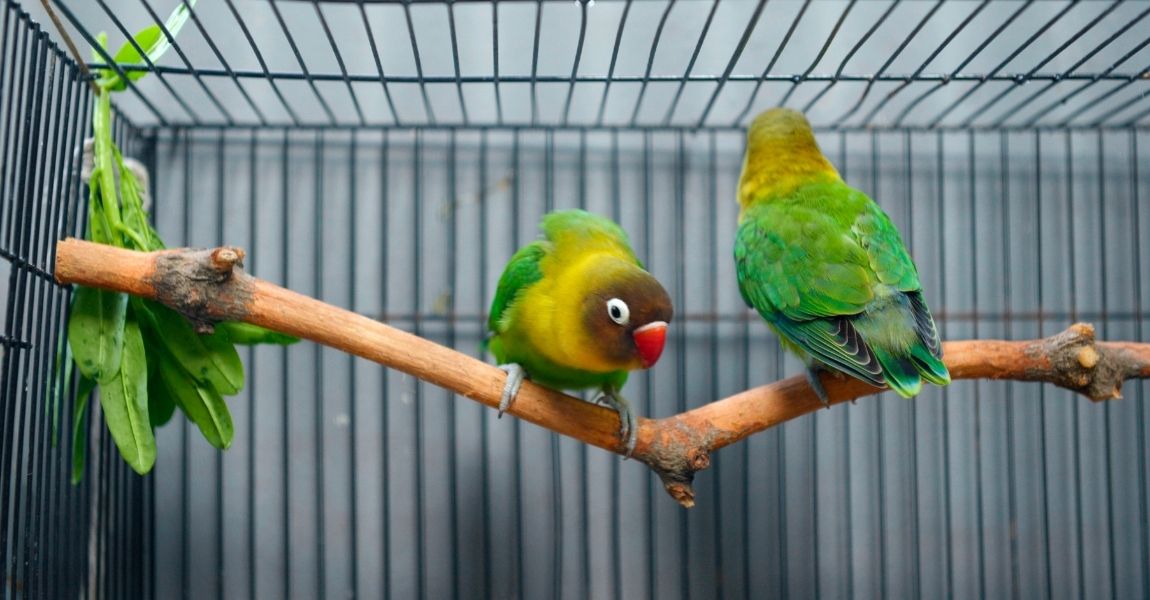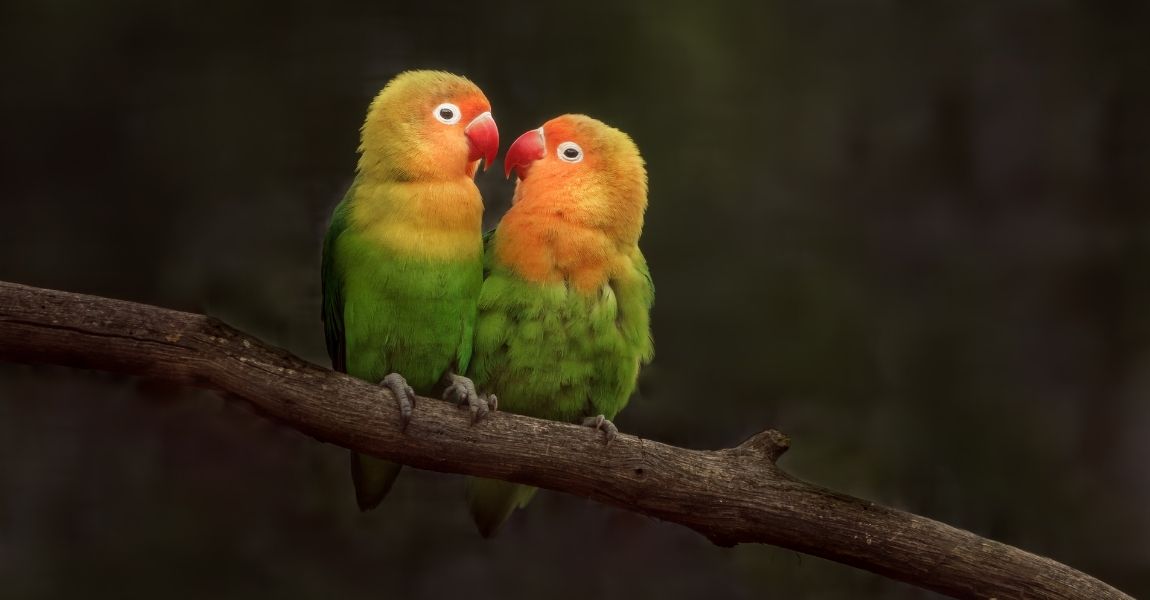Understanding Your Lovebird: A Guide to the Delightful Companion
Introduction:
Lovebirds are known for their vibrant colors, playful nature, and affectionate behavior. These small parrots have captured the hearts of bird enthusiasts around the world. If you are lucky enough to have a lovebird as your companion, it's important to understand their unique characteristics and needs. In this article, we will explore the fascinating world of lovebirds and provide you with insights on how to better understand and care for these delightful creatures.
Physical and Behavioral Traits:Lovebirds come in a variety of colors, including vibrant shades of green, blue, yellow, and red. They have a stocky build, with short tails and strong beaks. One of the most distinctive features of lovebirds is their affectionate behavior towards their mate or bonded human companion. They often engage in mutual preening, cuddling, and beak touching, which strengthens their bond and reinforces their social nature.
Lovebirds are highly social birds and thrive on interaction and companionship. They are known for their playful antics, which include climbing, swinging, and exploring their surroundings. Lovebirds are intelligent and curious creatures, and they require mental stimulation to prevent boredom and ensure their overall well-being.
Communication and Sounds:Lovebirds are expressive communicators. They use a combination of vocalizations, body language, and visual cues to convey their emotions and needs. Lovebirds can emit a variety of sounds, including chirps, whistles, squawks, and soft cooing sounds. These vocalizations can signify happiness, contentment, warning, or even distress. By paying attention to your lovebird's sounds and body language, you can better understand their moods and respond accordingly.
Bonding and Socialization:Developing a strong bond with your lovebird is essential for their happiness and overall mental well-being. Spending quality time with your lovebird, such as gentle handling, talking softly, and offering treats, can help build trust and strengthen your relationship. It's important to remember that lovebirds are highly social creatures and may become lonely if left alone for long periods. Consider providing your lovebird with a companion bird or spending dedicated time each day interacting and playing with them.
Diet and Nutrition:A balanced diet is crucial for the health and longevity of your lovebird. Their diet should consist of a variety of fresh fruits, vegetables, high-quality bird pellets, and a small portion of seeds. It's important to avoid feeding lovebirds foods that are toxic to them, such as avocado, chocolate, caffeine, and alcohol. Providing clean, fresh water is also essential for their well-being.
Environmental Enrichment:Lovebirds are active birds and require ample space to move around, stretch their wings, and exercise. A spacious cage with plenty of perches, toys, and climbing structures is necessary for their physical and mental stimulation. Lovebirds enjoy chewing on toys and shredding materials, so providing safe and bird-friendly toys will keep them engaged and prevent boredom.
Grooming and Health Care:Regular grooming and health care are vital for the well-being of your lovebird. This includes maintaining a clean cage, providing regular baths or misting sessions to keep their feathers clean, and trimming their nails and beak if necessary. Additionally, scheduling regular visits to an avian veterinarian for check-ups and vaccinations will help ensure that your lovebird remains healthy and free from any potential illnesses.
Conclusion:Understanding your lovebird's unique traits, behaviors, and needs is essential for providing them with a happy and fulfilling life. By nurturing their social nature, providing mental stimulation, offering a balanced diet, and ensuring proper grooming and healthcare, you can develop a strong bond with your lovebird and create a harmonious and joyful companionship. Embrace the wonderful world of lovebirds and enjoy the endless love and affection they bring into your life.





